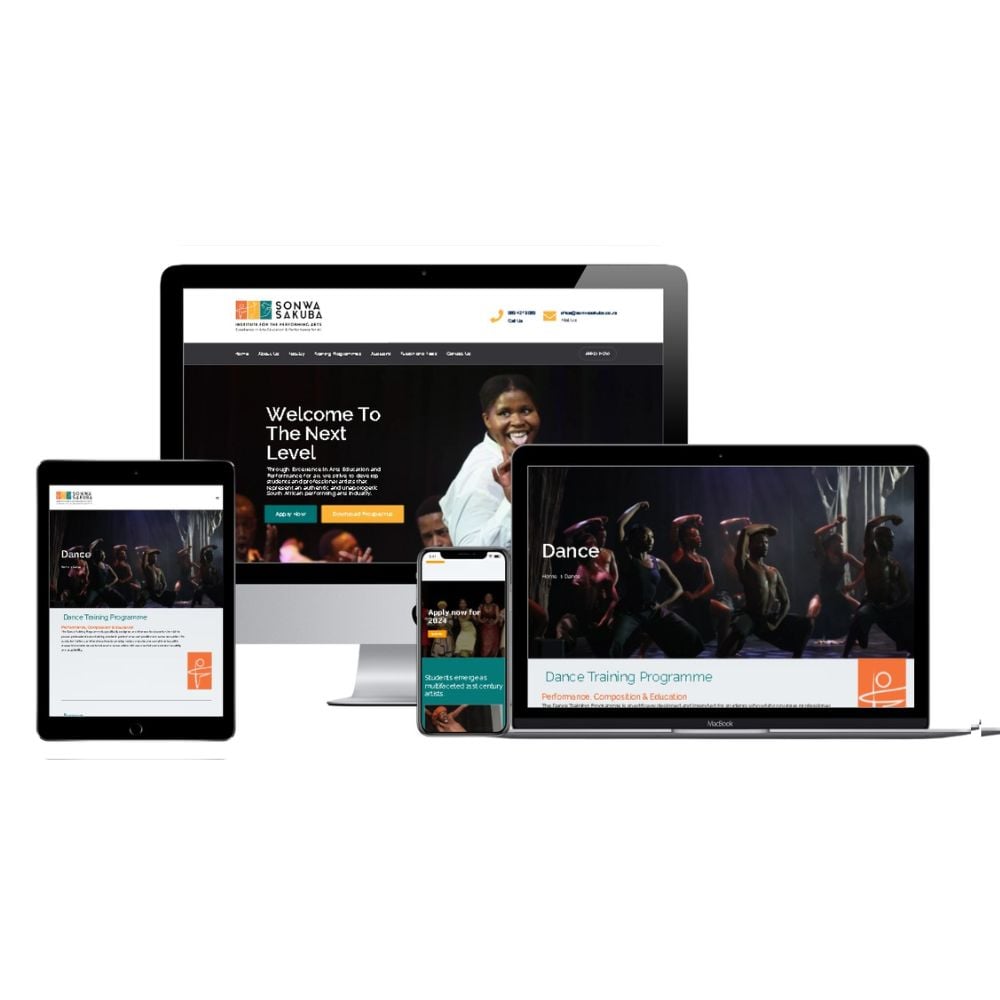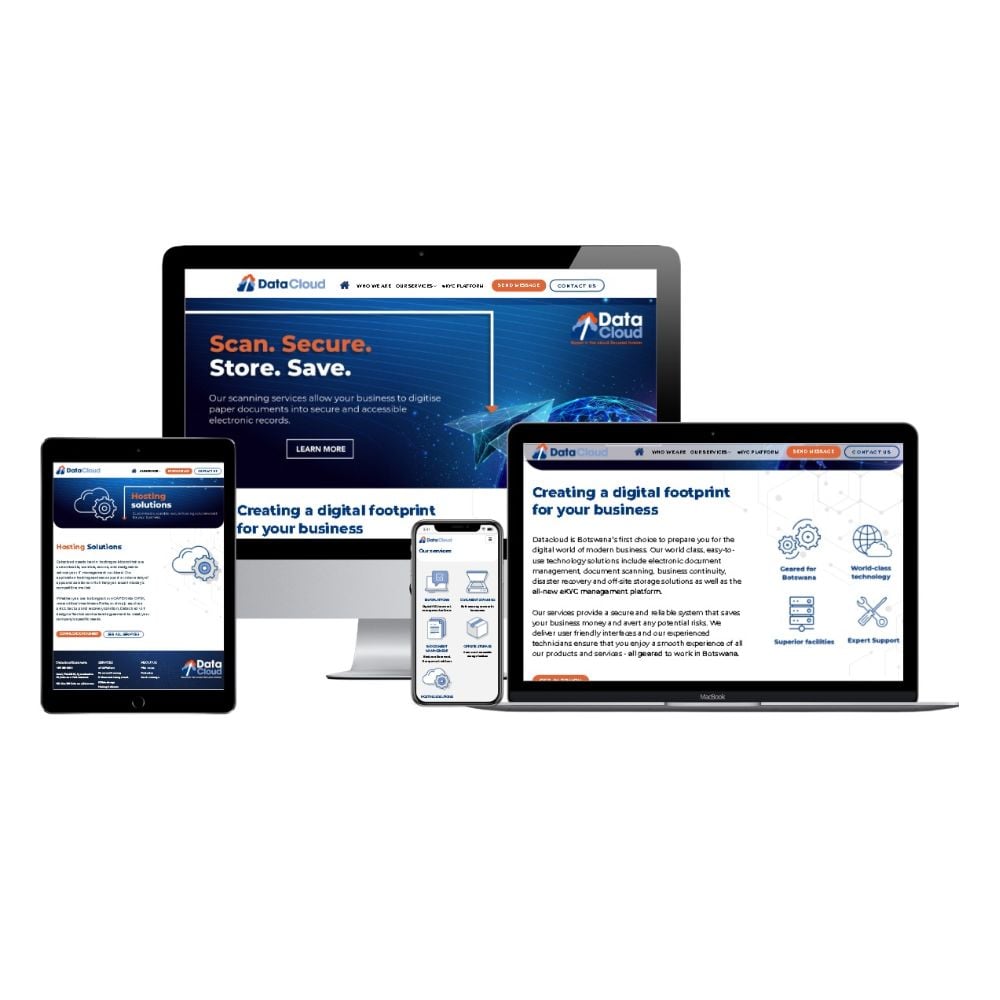Structure User-Friendly Interfaces: Finest Practices in Website Design
Structure User-Friendly Interfaces: Finest Practices in Website Design
Blog Article
Recognizing the Function of Responsive Style in Modern Web Site Growth
In today's digital landscape, receptive style is no more a high-end but a need in internet site growth. As customers accessibility sites from an array of devices, from expansive desktop keeps track of to pocket-sized mobile phones, making sure a constant and interesting user experience is critical. Responsive layout achieves this by employing scalable media and adaptable designs, catering to the nuanced needs of each device. The value of responsive layout prolongs beyond individual experience-- it is additionally an important aspect in search engine optimization and availability. But exactly how exactly does it affect these areas, and what techniques ensure its efficient execution?
Importance of Responsive Design
In today's digital landscape, the value of responsive layout in web site advancement can not be overstated. Responsive design allows internet sites to instantly change their design and functionality based on the display size and positioning of the device being made use of.
Additionally, responsive style is vital for seo (SEO) Internet search engine like Google focus on mobile-friendly web sites in their search results page, meaning that a receptive style can significantly influence a site's presence and ranking. This optimization not just improves the individual experience but likewise drives organic web traffic and increases the capacity for conversion and revenue generation.
In addition, receptive design supplies companies a cost-effective option by removing the requirement for numerous variations of a web site. By streamlining web advancement procedures and decreasing upkeep initiatives, companies can designate sources more effectively, inevitably resulting in enhanced return on financial investment. Thus, responsive style is important in today's affordable electronic environment.
Crucial Element of Responsive Layout
To effectively carry out receptive design, it is vital to concentrate on several crucial elements that make sure optimal performance and individual experience throughout varied devices. One of the fundamental elements is the versatile grid layout, which enables developers to create fluid grids that immediately adapt to various display sizes. This makes sure that web content keeps symmetry and readability, despite the gadget being used.

In addition, touch-friendly navigation is essential for responsive style. Carrying out quickly tappable switches and user-friendly gesture controls improves usability on touchscreen devices. Prioritizing performance optimization is additionally crucial, as it boosts filling times and lowers bounce rates, particularly on mobile connect with variable rate.
Finally, using a mobile-first method guarantees that the design is initially enhanced for smaller sized displays prior to broadening to accommodate desktop computers. This method assures that important performance and aesthetics are protected throughout all platforms, ultimately boosting the total user experience.
Effect On Individual Engagement
Responsive style dramatically influences individual involvement by enhancing ease of access and contentment across different tools. By ensuring that a site's design adapts seamlessly to various screen dimensions, receptive layout permits users to access material easily, whether they are utilizing a tablet, desktop, or smartphone . This flexibility decreases the need for unnecessary zooming or scrolling, supplying a much more positive and instinctive browsing experience. As a result, customers are most likely to stay on the site longer, explore added pages, and interact with the web content, all of which are crucial signs of enhanced interaction.
Moreover, responsive design contributes to quicker web page packing times, which is important for keeping individual interest. Individuals are a lot more inclined to abandon a website if it takes also lengthy to load, particularly on mobile phones. By enhancing efficiency for diverse systems, receptive layout lessens loading hold-ups, maintaining customers involved and lowering bounce rates.
SEO Benefits of Responsive Design
While improving individual experience is a key objective, responsive style also plays a vital function in enhancing an internet site's search engine optimization (SEO) Online search engine, especially Google, focus on mobile-friendly websites, therefore rewarding those that provide seamless experiences across tools. Receptive style makes certain that a web site adapts to numerous screen dimensions, eliminating the need for different mobile and desktop variations. This adaptability not just improves individual experience yet also lowers the danger of replicate web content, which can negatively affect search engine optimization rankings.
In addition, receptive layout aids in faster web page loading More hints times, an important factor in SEO. Online search engine favor internet sites that pack rapidly, acknowledging that customers are more probable to abandon sites that take as well lengthy to show. By using responsive style, designers can maximize images and enhance content, guaranteeing efficient packing and boosted search engine rankings.
In addition, a natural link structure throughout tools simplifies the indexing process for online search engine, boosting crawl effectiveness. This uniformity in URLs strengthens a website's authority and credibility, causing improved visibility in search results. In summary, responsive layout is not merely a pattern however an essential element of SEO method, ensuring websites are both easy to use and search engine suitable.
Executing Responsive Style Methods
In the world of contemporary internet development, applying receptive design techniques is comparable to crafting a functional canvas that adjusts perfectly to various screen dimensions. One more critical method involves utilizing go right here media questions, which make it possible for developers to use various styles based on the attributes of the device, such as elevation, resolution, and width.
Responsive photos and media are additionally important elements. By making use of methods like CSS media inquiries and the HTML 'photo' aspect, designers can offer appropriately sized photos based upon the individual's device, enhancing lots times and enhancing individual experience. Additionally, the unification of fluid typography ensures that text is legible and cosmetically pleasing on any type of screen, achieved with scalable units like 'rapid eye movement' and 'em'.

Verdict
Responsive style makes up an important aspect of modern site growth, significantly a knockout post enhancing customer experience across a series of devices. By including versatile formats, scalable images, and touch-friendly navigation, it increases individual involvement and enhances site efficiency. Responsive design is essential for Search engine optimization, as it lines up with search engines' choice for mobile-friendly sites, thus increasing exposure and natural web traffic. Ultimately, carrying out responsive design approaches guarantees improved ease of access and usability, providing websites a lot more effective and user-centric.
To effectively carry out receptive style, it is essential to concentrate on numerous essential aspects that ensure optimum capability and customer experience throughout diverse gadgets.Responsive layout considerably influences user engagement by improving accessibility and fulfillment across various tools. By ensuring that a web site's design adapts effortlessly to different screen dimensions, responsive style enables users to gain access to material easily, whether they are making use of a desktop computer, mobile phone, or tablet computer .While improving user experience is a primary objective, receptive design also plays a crucial role in improving a web site's search engine optimization (SEARCH ENGINE OPTIMIZATION)Receptive style comprises an essential facet of modern website development, significantly boosting user experience throughout a variety of devices.
Report this page